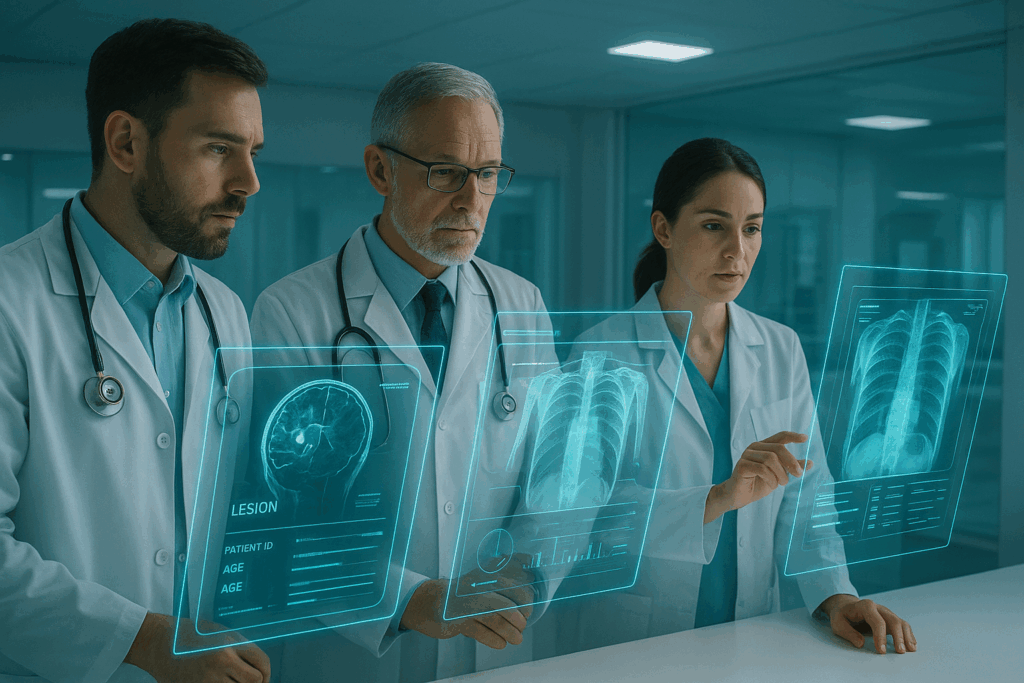Running a healthcare facility comes with the constant challenge of balancing patient care and administrative work. At Marteck Solutions, we help ease this burden by providing precise medical annotation and labeling services that streamline documentation and workflow.
How We Help:
- Accurate Medical Annotation: Transform clinical data and records into structured, easy-to-use formats.
- Efficient Labelling Services: Ensure medical images and documents are clearly labeled for faster review and better decision-making.
- Customized Solutions: Designed to align with your existing processes, reducing administrative workload and improving efficiency.
Why Healthcare Providers Choose Marteck Solutions:
- Minimized paperwork, freeing your team to focus on patient care.
- Improved productivity for both clinical and administrative staff.
- Clear, organized data that supports better patient outcomes.
By handling annotation and labeling with precision and reliability, Marteck Solutions lets your team focus on what matters most — delivering exceptional care.
